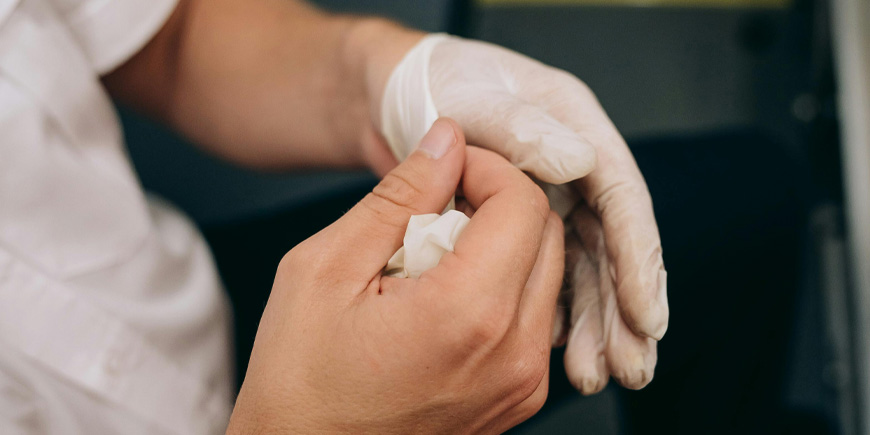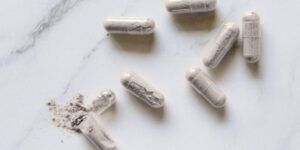Welcome to Prop. 122’s comprehensive guide on mastering sterile techniques for cultivating Psilocybe cubensis. If you’re venturing into the exciting world of mushroom cultivation, understanding and implementing proper sterile procedures is crucial for your success. With the right practices in place, you can effectively mitigate contamination risks and enhance your chances of a bountiful harvest.
The Importance of Sterility in Mushroom Cultivation
Did you know that nearly 20% of all mushroom cultivations suffer from contamination? The presence of bacteria, mold, and fungi can drastically affect your crop, leading to frustration and disappointment. Here are some alarming statistics to consider:
- Mold Spores Are Everywhere: Mold spores are ubiquitous in the environment, with an estimated 10,000 spores per cubic meter of air in an average home. This means they can easily infiltrate your growing environment if proper precautions aren’t taken.
- Bacterial Contaminants: Bacteria can double in number every 20 minutes under favorable conditions, leading to rapid contamination of your substrate.
- Failure Rates: New cultivators often experience failure rates exceeding 30% due to contamination, making sterile practices essential to success.
These statistics highlight the reality that contamination is a common hurdle in mycology. However, by adopting proper sterile techniques and procedures, you can significantly reduce the risk of contamination in your cultivation efforts.
Effective Sterile Techniques and Processes
1. Preparation and Cleanliness
- Work in a Clean Space: Always start in a clean area. Wipe down surfaces with isopropyl alcohol (70% or higher) to disinfect your workspace before beginning.
- Wear Protective Gear: Consider wearing gloves, masks, and hairnets to minimize the introduction of contaminants from your body.
2. Sterilizing Tools and Equipment
- Use Pressure Cookers: Sterilize your substrates and equipment using a pressure cooker to eliminate contaminants effectively. Maintain a pressure of 15 psi for at least 60 minutes to ensure thorough sterilization.
- Sanitize All Equipment: Before using, sanitize jars, syringes, and any other tools with alcohol or heat. Never reuse syringes without sterilizing them first.
3. Inoculation Techniques
- Use a Still Air Box (SAB): When inoculating your substrate, a SAB creates a controlled environment that minimizes airflow, reducing the risk of airborne contaminants.
- Flame Sterilization: Flame sterilize your inoculation needle before each use. Allow it to cool slightly before inserting it into the substrate.
4. Contamination Awareness
- Recognize Contaminants: Familiarize yourself with signs of contamination, such as unusual colors (green, black, or orange), off-smells, or fuzzy growth on your substrate. Prompt action is essential if you notice any of these signs.
5. Post-Inoculation Care
- Store Properly: After inoculation, store your jars in a dark, warm area away from potential contaminants. Avoid moving them unnecessarily to prevent disruption of the mycelial growth.
Embracing the Learning Process
It’s essential to remember that contamination and cultivation failures are normal parts of the mycology journey. Even experienced growers encounter challenges. At Prop. 122, we believe that these experiences are opportunities for growth and learning. Our commitment is to empower you with the knowledge and support you need to navigate these challenges confidently. By adopting these sterile techniques, you will set the stage for successful mushroom cultivation, minimizing contamination risks and maximizing your chances of a fruitful harvest. Remember, the path to becoming a proficient mycologist is paved with both successes and lessons learned from failures. Happy growing!



